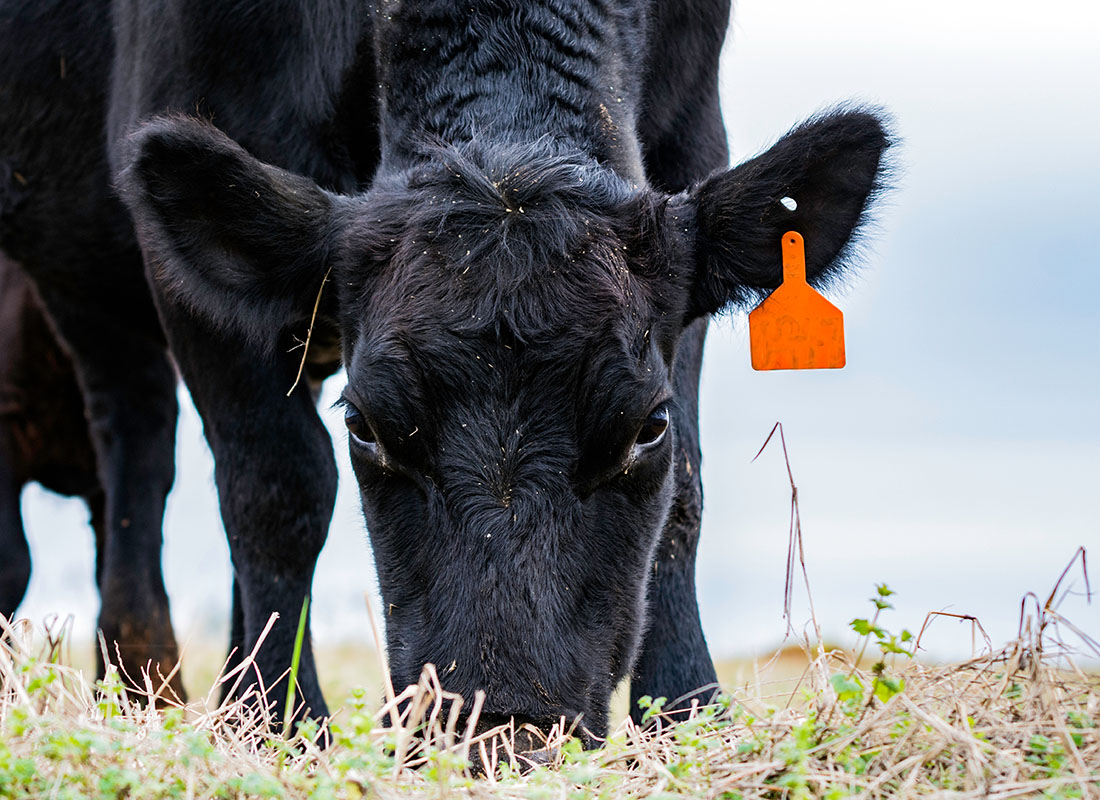Boost Your Know-how with Bagley Risk Management
Boost Your Know-how with Bagley Risk Management
Blog Article
Recognizing Livestock Threat Protection (LRP) Insurance Coverage: A Comprehensive Overview
Browsing the world of livestock danger defense (LRP) insurance coverage can be a complicated venture for several in the farming sector. From just how LRP insurance functions to the different insurance coverage options available, there is much to discover in this thorough overview that can potentially shape the way livestock producers approach danger administration in their organizations.

Exactly How LRP Insurance Coverage Works
Occasionally, understanding the technicians of Animals Danger Defense (LRP) insurance can be complicated, yet damaging down just how it functions can provide clarity for breeders and farmers. LRP insurance policy is a risk administration device created to secure animals manufacturers versus unanticipated rate decreases. It's important to note that LRP insurance policy is not an income guarantee; instead, it focuses solely on price risk protection.
Eligibility and Coverage Options

When it concerns protection alternatives, LRP insurance policy provides manufacturers the adaptability to choose the protection degree, coverage duration, and endorsements that finest fit their threat administration needs. Protection degrees generally range from 70% to 100% of the expected finishing value of the insured animals. Manufacturers can additionally select protection periods that straighten with their manufacturing cycle, whether they are guaranteeing feeder cattle, fed livestock, swine, or lamb. Recommendations such as price threat protection can additionally tailor insurance coverage to shield against negative market fluctuations. By comprehending the eligibility requirements and insurance coverage options available, livestock producers can make educated choices to manage risk successfully.
Advantages And Disadvantages of LRP Insurance
When evaluating Animals Risk Security (LRP) insurance coverage, it is crucial for livestock manufacturers to consider the benefits and drawbacks inherent in this threat management device.

Among the key advantages of LRP insurance policy is its capability to provide protection versus a decrease in animals costs. This can help protect manufacturers from economic losses resulting from market changes. In addition, LRP insurance coverage offers a level of versatility, enabling manufacturers to customize protection degrees and policy periods to match their specific requirements. By securing an ensured cost for their animals, producers can much better handle threat and plan for the future.
However, there are likewise some disadvantages to think about. One restriction of LRP insurance coverage is that it does not safeguard versus all kinds of dangers, such as condition episodes or all-natural calamities. Furthermore, premiums can sometimes be pricey, especially for producers with huge animals herds. It is crucial for manufacturers to thoroughly examine their private danger exposure and financial scenario to identify if LRP insurance policy is the best danger monitoring tool for their operation.
Recognizing LRP Insurance Premiums

Tips for Maximizing LRP Advantages
Maximizing the advantages of Livestock Threat Protection (LRP) insurance policy needs strategic preparation and aggressive threat monitoring - Bagley Risk Management. To take advantage of your LRP insurance coverage, consider the adhering to tips:
Regularly Evaluate Market Problems: Keep educated regarding market patterns and rate fluctuations find more information in the livestock market. By keeping an eye on these variables, you can make educated choices regarding when to acquire LRP protection to protect versus prospective losses.
Establish Realistic Protection Degrees: When choosing insurance coverage degrees, consider your manufacturing prices, market value of animals, and possible threats - Bagley Risk Management. Establishing realistic protection levels ensures that you are appropriately secured without paying too much for unneeded insurance
Diversify Your Protection: Rather of depending exclusively on LRP insurance, think about expanding your danger management techniques. Combining LRP with various other threat administration tools such as futures agreements or options can supply comprehensive insurance coverage versus market unpredictabilities.
Evaluation and Adjust Protection Consistently: As market conditions transform, periodically evaluate your LRP insurance coverage to ensure it aligns with your present risk direct exposure. Changing coverage levels and timing of acquisitions can aid optimize your danger defense approach. By following these ideas, you can make the most of the benefits of LRP insurance coverage and guard your animals operation versus unpredicted risks.
Verdict
Finally, animals risk defense (LRP) insurance coverage is an important tool for farmers to handle the monetary threats connected with their animals page procedures. By comprehending how LRP functions, qualification and coverage choices, as well as the benefits and drawbacks of this insurance coverage, farmers can make enlightened decisions to secure their incomes. By meticulously considering LRP costs and executing approaches to maximize benefits, farmers can minimize potential losses and ensure the sustainability of their procedures.
Livestock producers interested in obtaining Livestock Threat Protection (LRP) insurance can explore an array of eligibility criteria and protection alternatives tailored to their certain animals operations.When it comes to protection choices, LRP insurance policy supplies producers the flexibility to pick the coverage level, coverage period, and endorsements that finest match their danger monitoring requirements.To understand the complexities of Animals Threat Defense (LRP) insurance completely, recognizing the aspects influencing LRP insurance coverage costs is vital. LRP insurance costs are identified by different aspects, including the insurance coverage degree selected, the expected rate of livestock at the end of the protection period, the type of livestock being guaranteed, and the length of the protection period.Testimonial and Change Coverage Consistently: As market problems change, regularly evaluate your LRP coverage to guarantee it straightens with your present risk exposure.
Report this page